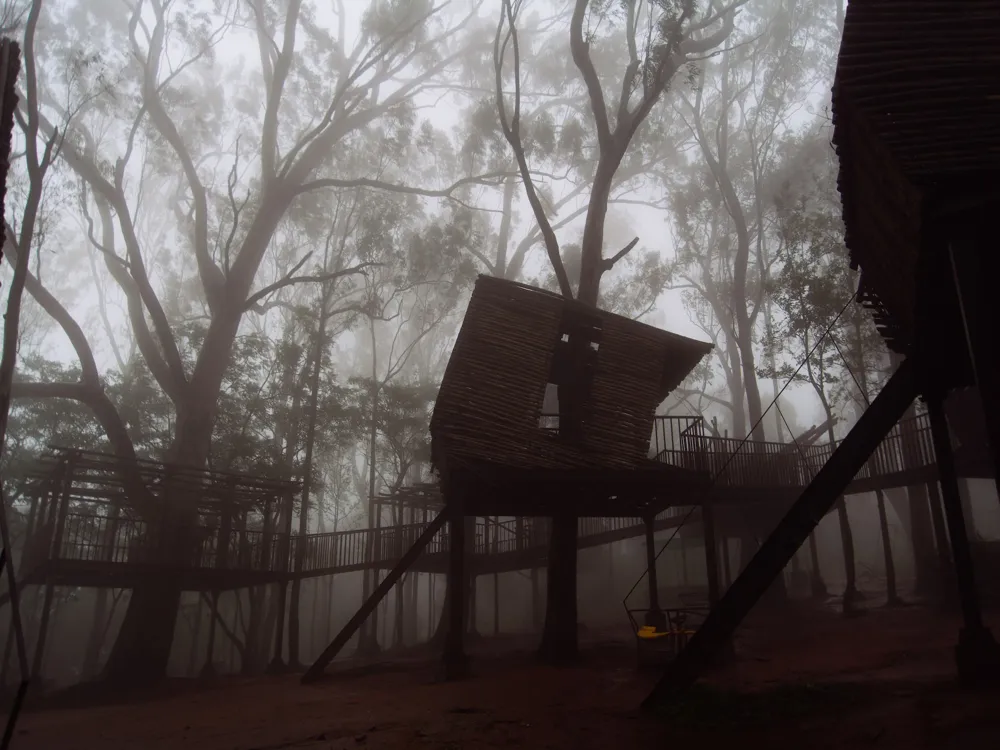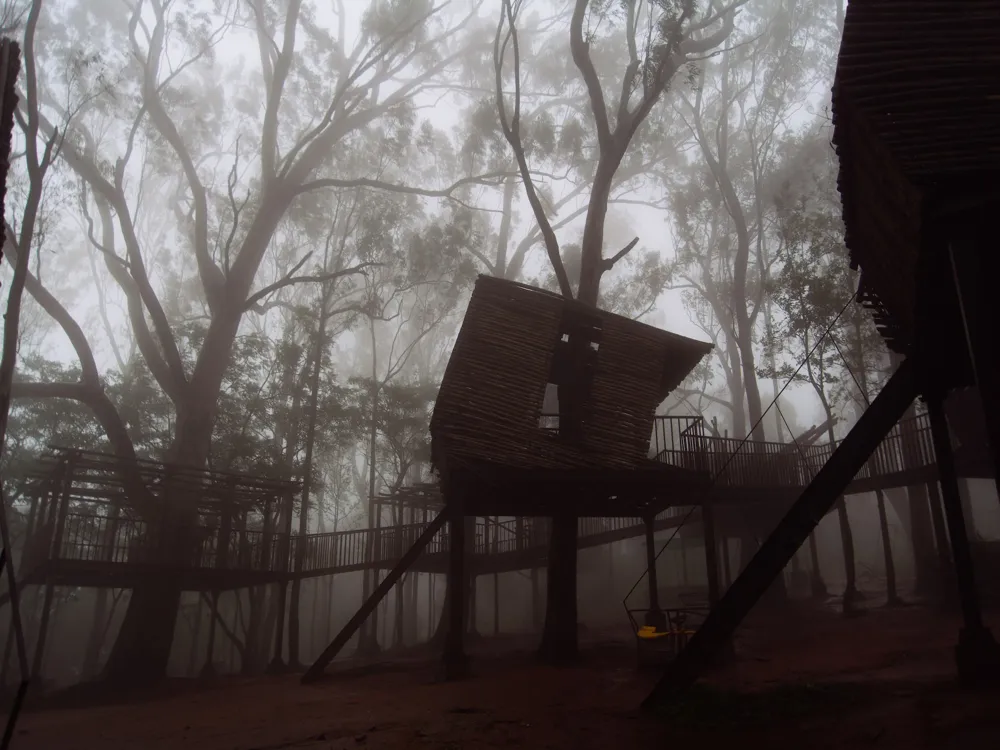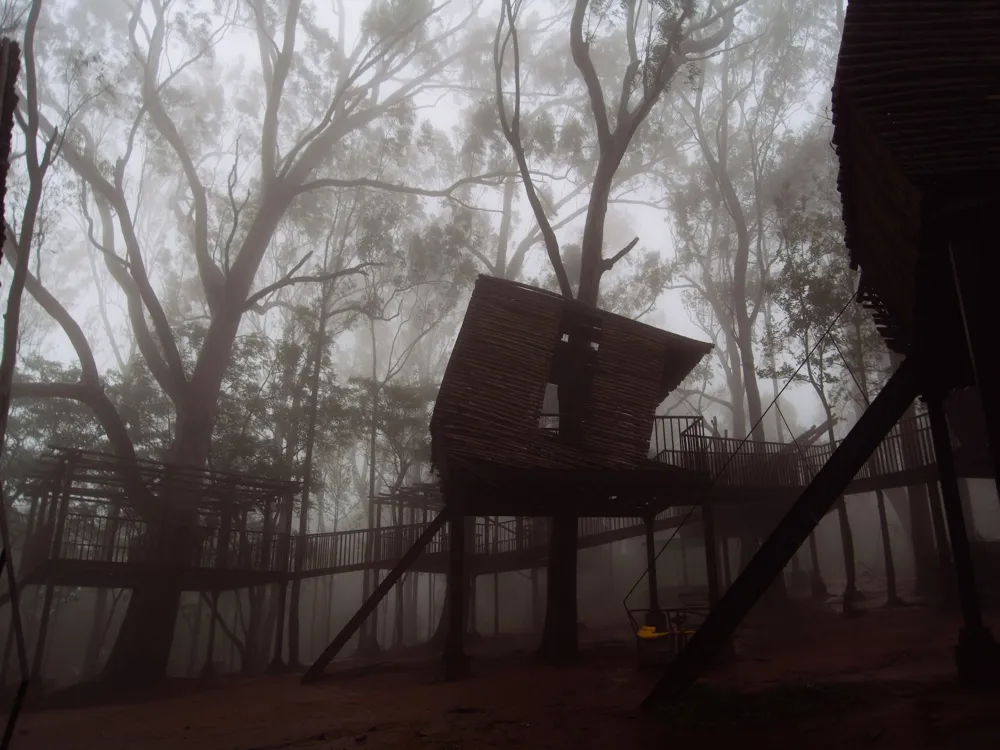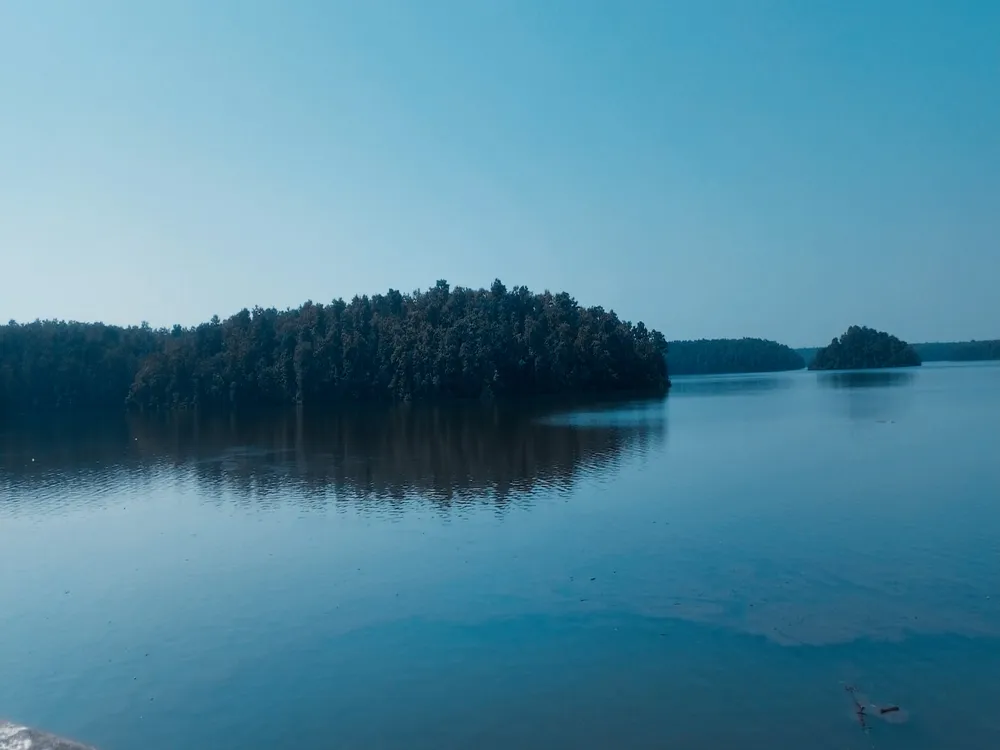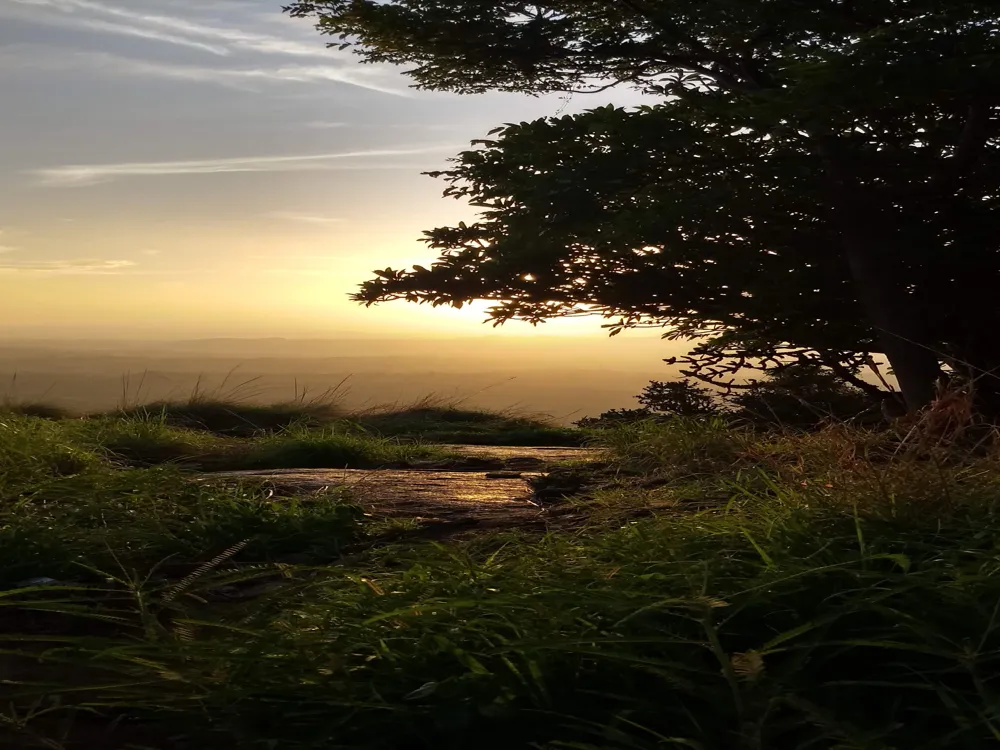Nestled in the serene landscape of Nandi Hills in Karnataka, Amrita Sarovar, also known as the Lake of Nectar, stands as a testament to the region's rich history and natural beauty. This magnificent water body is not only a vital source of water but also a popular tourist destination, attracting visitors with its tranquil surroundings and captivating charm. The Sarovar, deriving its name from the mythological 'Amrit' – the elixir of life, is a splendid example of nature's bounty seamlessly blending with historical significance. The origins of Amrita Sarovar can be traced back to the time of the Cholas, who ruled over the region in the 10th century. This period marked the beginning of the tank's historical journey, which was further enriched during the reign of Tipu Sultan in the 18th century. It is believed that the water from Amrita Sarovar played a crucial role in the daily life of the fort's residents, serving as a primary water source for drinking and agricultural purposes. The perennial nature of the lake, ensuring a constant water supply throughout the year, has been a marvel to many, contributing significantly to the local ecosystem. The lake's strategic location at the top of Nandi Hills, about 1,478 meters above sea level, offers a panoramic view of the surrounding landscape. Its crystal-clear waters reflect the azure skies and the lush greenery of the hills, creating a mesmerizing spectacle. Amrita Sarovar is not just a scenic spot but also a habitat for a diverse range of flora and fauna, contributing to the ecological diversity of the region. The sight of the sun setting over the Sarovar, painting the sky in hues of orange and purple, is a visual treat and a moment of profound tranquility. The architecture of Amrita Sarovar is a remarkable blend of natural topography and man-made structures. This architectural marvel showcases the ingenuity and foresight of its creators, who have skillfully harnessed the natural resources to create a sustainable water management system. The Sarovar is essentially a rock-cut reservoir, carved out of the granite hills, demonstrating the advanced engineering skills of ancient Indian architects. The main tank of the Sarovar is designed with a series of stone steps leading down to the water, allowing easy access for people to draw water. These steps, coupled with the surrounding stone walls, add a rustic charm to the entire structure. The intricate network of channels and aqueducts connecting the Sarovar to nearby water sources is a testament to the sophisticated hydrological knowledge of the time. This system ensured a steady inflow and outflow of water, maintaining the lake's level and purity. In addition to its functional aspects, the architecture of Amrita Sarovar also holds spiritual significance. The design elements reflect the religious and cultural beliefs of the period, with several temples and shrines dotted around the lake. These religious sites, some of which date back several centuries, are fine examples of Dravidian architecture, characterized by their elaborate carvings and ornate sculptures. The harmonious coexistence of the Sarovar with these spiritual monuments enhances the sanctity of the place, making it a revered site for both tourists and pilgrims. The ideal time to visit Amrita Sarovar is between October and March when the weather is pleasant, and the natural beauty of the area is at its peak. During these months, the temperature is moderate, making it comfortable for tourists to explore the surroundings. Visitors are advised to carry water bottles, sun protection like hats or sunscreen, and comfortable walking shoes. It's also a good idea to bring a camera to capture the breathtaking views and a small snack for a picnic by the lake. It's crucial to maintain the cleanliness and sanctity of Amrita Sarovar. Visitors should avoid littering and respect the natural habitat by not disturbing the wildlife. Amrita Sarovar is easily accessible from Bangalore, which is approximately 60 kilometers away. Visitors can opt for a variety of transportation modes, including private cars, taxis, and buses. The nearest airport is Kempegowda International Airport in Bangalore, from where one can hire a cab or take a bus to Nandi Hills. For those preferring public transport, Read More:Overview of Amrita Sarovar, Nandi Hills, Karnataka
Architecture of Amrita Sarovar
Tips When Visiting Amrita Sarovar
Best Time to Visit
What to Bring
Respect the Environment
How To Reach Amrita Sarovar
Amrita Sarovar
Nandi Hills
Karnataka
NaN onwards
View nandi-hills Packages
Weather :
Tags : Lake
Time Required : 1-2 hours
Timings : 7:00 AM -7:00 PM, Every Day
Entry Fee : Free
Planning a Trip? Ask Your Question
Also Refered As:
Amruth Sarovar
Nandi-hills Travel Packages
View All Packages For Nandi-hills
Top Hotel Collections for Nandi-hills

Private Pool

Luxury Hotels

5-Star Hotels

Pet Friendly
Top Hotels Near Nandi-hills
Other Top Ranking Places In Nandi-hills
View All Places To Visit In nandi-hills
View nandi-hills Packages
Weather :
Tags : Lake
Time Required : 1-2 hours
Timings : 7:00 AM -7:00 PM, Every Day
Entry Fee : Free
Planning a Trip? Ask Your Question
Also Refered As:
Amruth Sarovar
Nandi-hills Travel Packages
View All Packages For Nandi-hills
Top Hotel Collections for Nandi-hills

Private Pool

Luxury Hotels

5-Star Hotels

Pet Friendly







